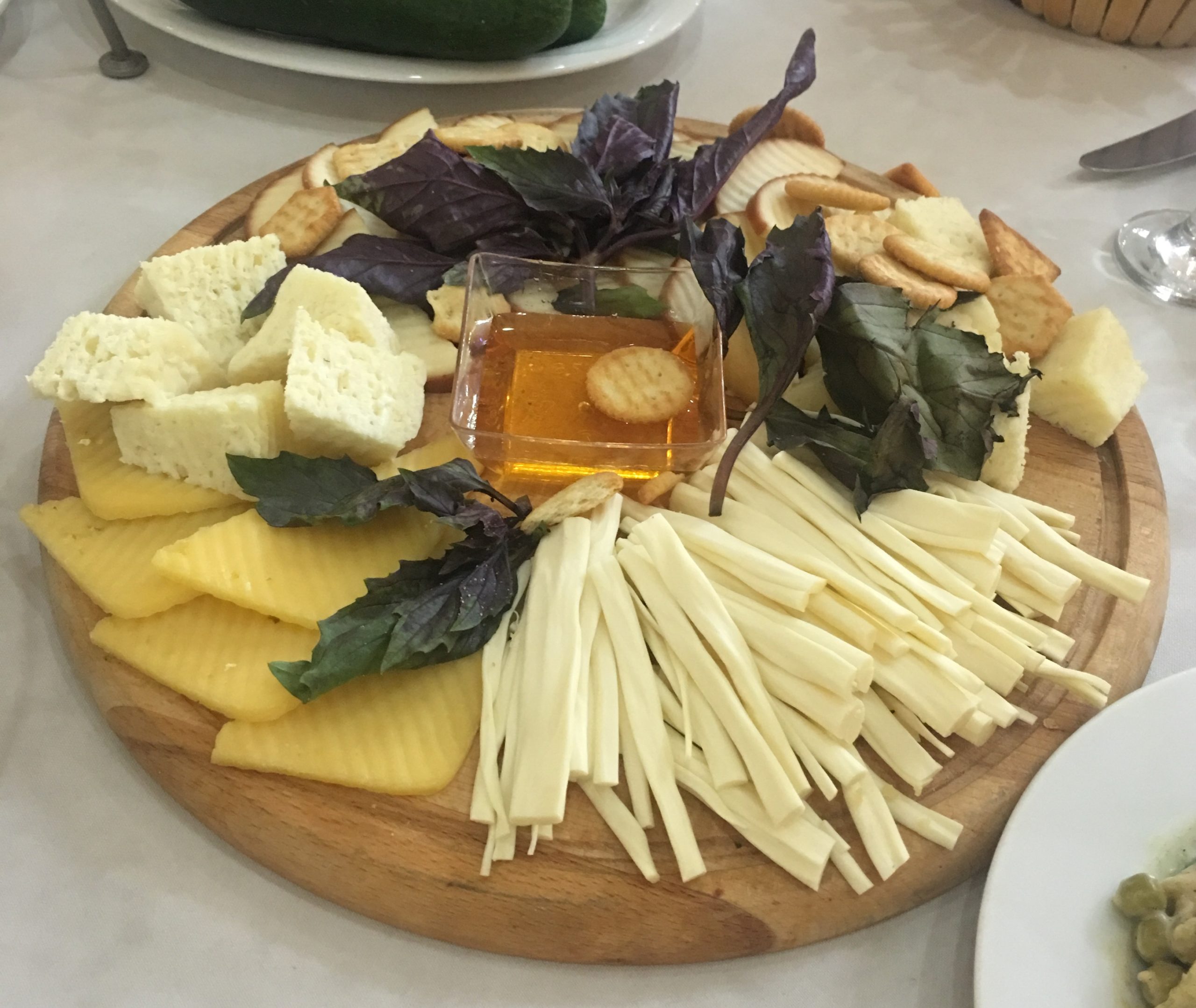There are more than two thousand types of cheese in the world with a unique taste and cooking technology, composition and nutritional value. They all contain protein, calcium, phosphorus, other vitamins, and trace elements. According to the method of preparation, hard, semi-hard, soft, processed and smoked cheeses distinguished.
Solid and semi-solid
Hard cheese have a rather dense texture and a very bright, rich taste. This is achieved through a long ripening process – usually from six months to a year, but there are also more mature ones. Hard cheese is divided into boiled and uncooked, rennet and fermented milk. When making boiled cheeses, the mass is preheated to a temperature of 50-60 ° C, and then pressed.
Uncooked is made as follows: first, the cheese mass is crushed, and then pressed in special forms. In the production of fermented milk cheeses, milk is fermented without the use of special enzymes, and in the production of rennet, a special enzyme is used. Store hard cheese between 2 ° C and 5 ° C. The paper will help to preserve its freshness, taste and aroma – the product will “breathe” in it. Additionally, it can be packed in a plastic container. Hard cheeses include parmesan, pecorino, romano, gouda, cheddar, emmental, beaufort.
Semi-hard cheese differ from hard cheeses in texture and shorter cooking times. This type includes, for example, maasdam, tilsiter, Russian, Dutch, Lithuanian cheese. Semi-hard cheese stored at temperatures from +3 ° C to +6 ° C.
Soft
Soft cheese distinguished by a delicate creamy or curd consistency and a high moisture content. Since, unlike hard and semi-hard grades, they not pressed. The soft cheese category usually includes fresh cheeses, as well as rinsed or moldy cheeses.
Fresh cheeses – also called creamy or creamy curd cheeses – considered particularly healthy. They contain little salt, they are not very high in calories. They made from cow, sheep or goat milk. And the production technology itself is quite simple. The milk fermented with rennet, then the released cheese mass is salted and the ready-made cheese is formed.
Edible penicilli molds used to make cheeses with a moldy crust, and cheeses with a washed crust washed with brine during the aging period. Cheese with a washed crust include livaro, münster, ponlevek, reblochon, and with moldy – brie, camembert.
Feta and feta cheese, famous Italian mascarpone, ricotta, mozzarella, crême, Caucasian suluguni, sveli-kveli and chetuk are also soft cheeses.
Soft cheese should be stored at an average temperature of 0 ° C to + 4 ° C and a relative humidity of no more than 80–85%.
Fused
Processed cheese actually more correctly called a cheese product. Since it contains vegetable fats. During its production, the cheese mass, consisting of dairy products with the addition of spices, vegetable fats and fillers, is melted. This product has a pleasant taste, but, unlike its “brothers”, it is not particularly useful. For its manufacture, raw materials often used, which include vegetable fats, food additives – flavor enhancers, preservatives, starches, antioxidants. This type of cheese includes processed cheeses in portioned jars, as well as sweet and “sausage” processed cheeses. Based on the requirements of GOST, processed cheeses must be stored at temperatures from 0 ° C to 4 ° C with a relative humidity of no more than 85%.
Smoked
Smoked cheeses include cheeses that have undergone a smoking procedure, due to which they receive a special taste and texture. The pickled cheeses of Suluguni, Chechil and Adyghe often smoked. Gouda, mozzarella, cheddar also used. Due to the partial polymerization of fats during smoking, the shelf life of such cheese is significantly increased. In cling film, it can be stored for up to four months at temperatures between 0 ° C and 4 ° C.
More photos in our gallery- https://iphoto365.com/gallery/
Pinterest- https://www.pinterest.com/iphoto3657/_saved/

